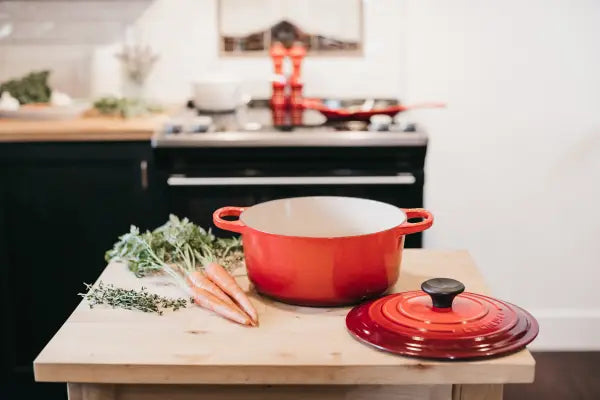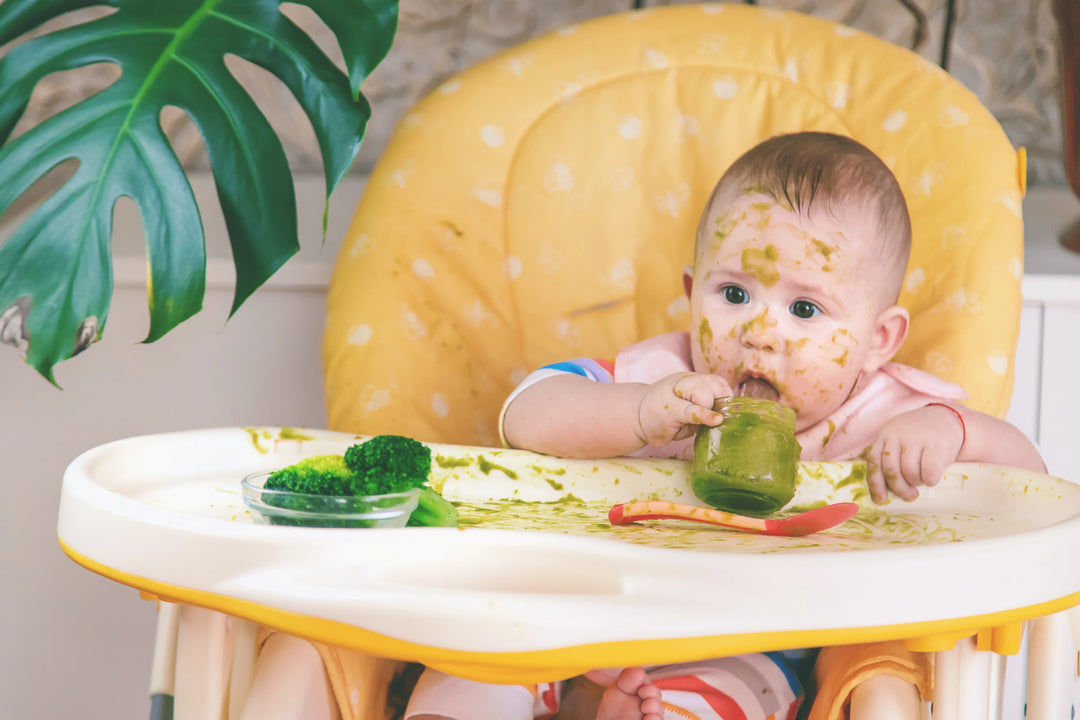When can baby stop eating puree?

Does My Baby Have to Eat Pureed Food—and For How Long?
When does your baby need to stop eating pureed food? Or maybe the real question is: When can I give my baby something other than purées? And that’s if you decide to offer purées in the first place.
The truth is, there’s no one-size-fits-all approach to feeding your baby. Some little ones love being spoon-fed puréed foods, while others are ready to dive right into soft finger foods. Whatever path you choose—purées, finger foods, or a mix of both—what matters most is following your baby’s cues and comfort level.
Offering a variety of puréed foods can be a gentle and safe way to introduce new tastes and textures when your baby is first starting solids. But it’s also important not to wait too long to introduce more complex textures. Exposure to finger foods early on plays an important role in developing oral motor skills like chewing and swallowing, as well as confidence and independence with eating.

How Early Can I Give Purée to My Baby?
You’ll often hear that babies can start solids—including puréed foods—between 4 and 6 months of age. But the real determining factor should be your baby’s developmental readiness, not just their age.
Cultural traditions, pediatrician advice, and family stories may all influence when and how you start. But ultimately, every baby is different. Some show signs of readiness closer to 4 months, while others may need a bit more time. We cover these signs in more detail in our guide to starting solids, but they include sitting with support, showing interest in food, and being able to bring objects to their mouth.
Ok But… Is Puréed Food Really Necessary?
Technically, no—puréed food is not a requirement. Many families skip spoon-feeding altogether and opt for baby-led weaning (BLW), which encourages babies to self-feed soft, graspable pieces of food from the start. For others, purées feel like a gentler or more familiar entry point.
Both approaches are valid. Whether you start with purées, finger foods, or a combo of both, what matters most is finding a method that feels manageable and safe for you and your baby. Some babies are eager to self-feed. Others may take a bit longer to coordinate the hand-to-mouth motion or may prefer the smooth texture of purées at first.
👉 At Bébé Foodie, we’re big fans of the combo method, blending spoon-feeding with safe, developmentally-appropriate finger foods from the start. It offers the best of both worlds and can be adapted to your baby’s needs and temperament. (More on that in our guide: Parent-led Weaning or Baby-led Weaning?)
If you’re ever unsure, or if your baby seems to be struggling with any texture—puréed or not—check in with your pediatrician or feeding specialist.

If I Decide to Only Give Puréed Food, When Should My Baby Stop?
Well… never, really! Plenty of grown-ups enjoy smoothies, soups, mashed potatoes, applesauce—you name it. But we get the question. You’re asking: When do I need to stop puréeing everything my baby eats?
Again, there’s no single rule, but we like to focus on a key concept called the “window of opportunity.” This window typically opens around 6 months and gently closes by around 9 to 10 months. During this time, babies are often most curious, adventurous, and open to exploring new textures. Taking advantage of this period can help prevent picky eating down the road and support oral motor development.
So while purées can be part of your baby's meal lineup, don’t be afraid to start offering soft, safe finger foods early on, even just for exploration. These experiences teach your baby how to chew, move food around their mouth, and eventually swallow more complex textures.
What If My Baby Doesn’t Have Teeth Yet?
No teeth? No problem! Babies don’t need molars to manage soft finger foods. They use their gums, tongue, and the roof of their mouth to mash foods effectively. Just make sure the food is soft enough to squish between your fingers and cut into finger-length pieces they can grasp easily.
Think: roasted sweet potato wedges, banana spears, avocado slices, or softly cooked pasta. With your supervision and encouragement, your baby can do a lot more than you might think—even without teeth!
In summary, purées can be a helpful starting point—but they’re just one option on your baby’s feeding journey. Whether you choose spoon-feeding, baby-led weaning, or a mix, the key is to tune into your baby’s readiness, offer a variety of textures, and keep mealtimes low-pressure and joyful.




Leave a comment